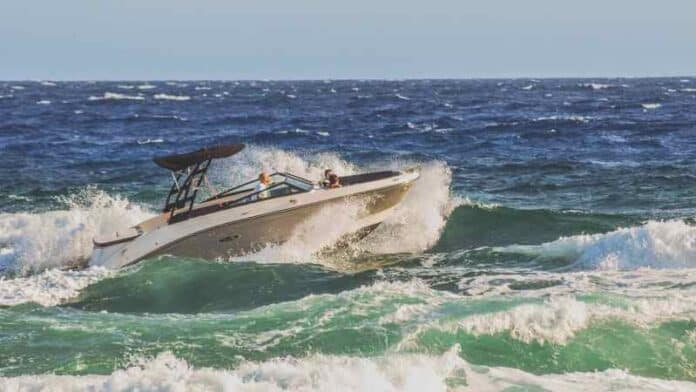
In 2020 alone, where boating instruction was known, 77 percent of boating fatalities occurred on vessels where the operator hadn’t received boating safety instruction.
When you’re out on the water, it’s important to not only pay close attention to your surroundings but to also be aware of what you’re doing as a boating driver. This is where properly learning how to drive a boat comes in a lot of handy. How can you get started, though?
Luckily, we’re here to take you through the basics.
Remain Aware of Your Surroundings
Whenever you’re at the wheel, it’s important to pay attention to what’s going on around you. That means scanning the horizon, taking note of boats possibly close enough to present a hazard, and to always double-check behind you before making quick turns.
When in Doubt, Slow Down
Boats don’t have brakes, and you need to manually reduce the throttle when you’re reducing speeds, but every boat is going to have a different stopping distance. That means gaining a deep familiarity with your boat in particular so you can handle every situation you come into contact with.
Steering
While steering on both boats and in cars is similar, it’s important to know that driving a boat can present different challenges. There are different factors that can affect a boat’s turning ability, like wind, speed, current, waves, and wakes, and it’s important to always remain aware of those factors when you’re driving.
The boat you’re driving is also going to make a difference here. How it feels to drive Galati yachts is going to differ from how it feels to drive a pontoon or even a smaller speed boat.
Also, you should also approach large waves at a 45-degree angle. This can help reduce the impact your boat and passengers feel, and it’s going to reduce the chances of your boat catching air.
Reversing
You might not immediately think of this, but you are going to have to reverse your boat at some point or another. In most cases, it’ll be at low speeds and in controlled situations, like at docks, marinas, harbors, etc.
It can be smart to experiment with how putting your boat in reverse affects its engine and how the water can feel while pushing against it so it becomes easier to operate on a daily basis. Knowing this can also help in emergencies when making a quick reversal might be necessary.
Have Fun Learning How to Drive a Boat
The most important thing to remember when you’re learning how to drive a boat is to have fun. The experience can feel daunting, but that’s only because it’s new. Once you’re out on the water and you’ve gotten used to your surroundings, you’re likely to find that it’s actually a lot easier than you might’ve once thought.
For more on the latest in lifestyle and entertainment, check out the rest of our website.

